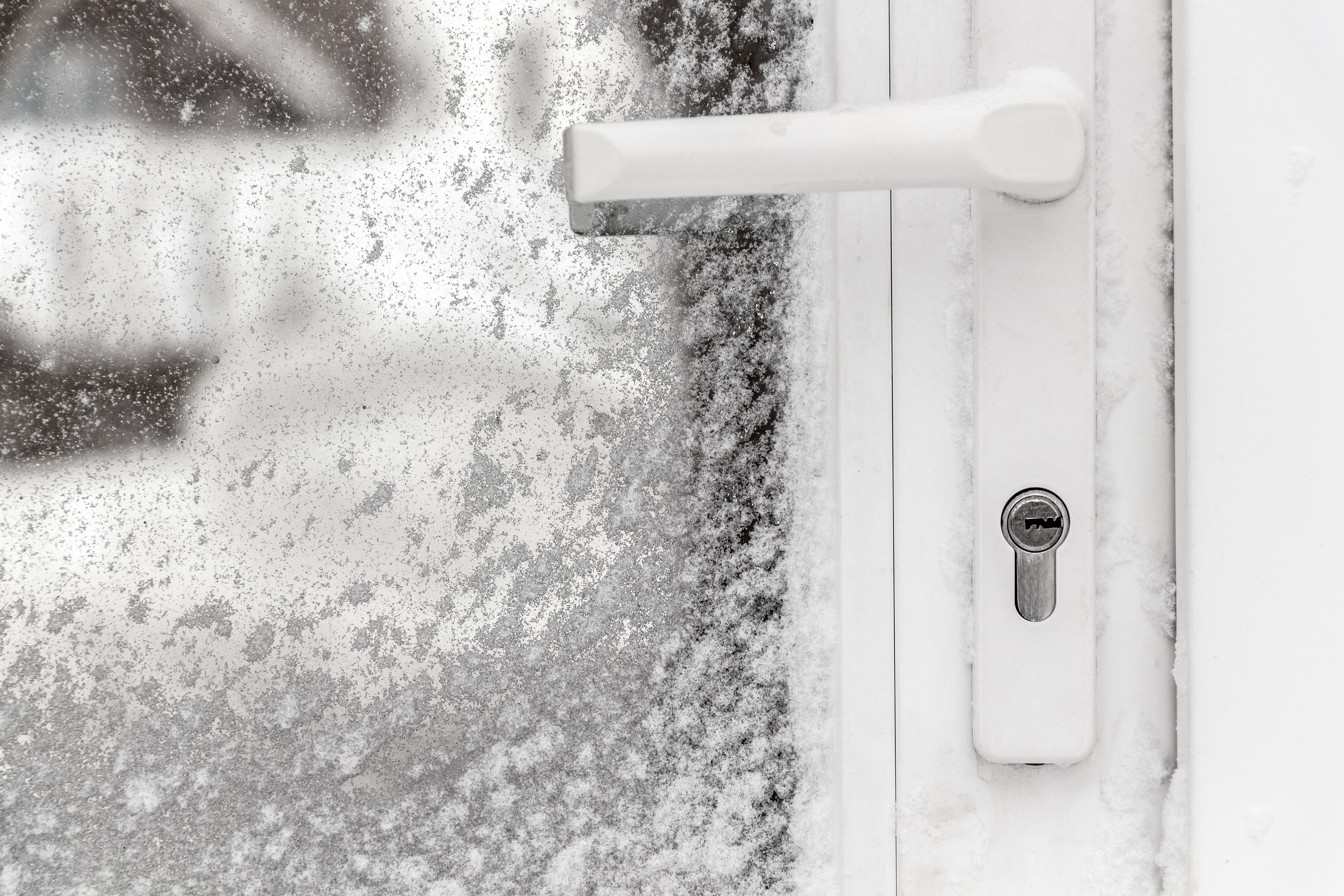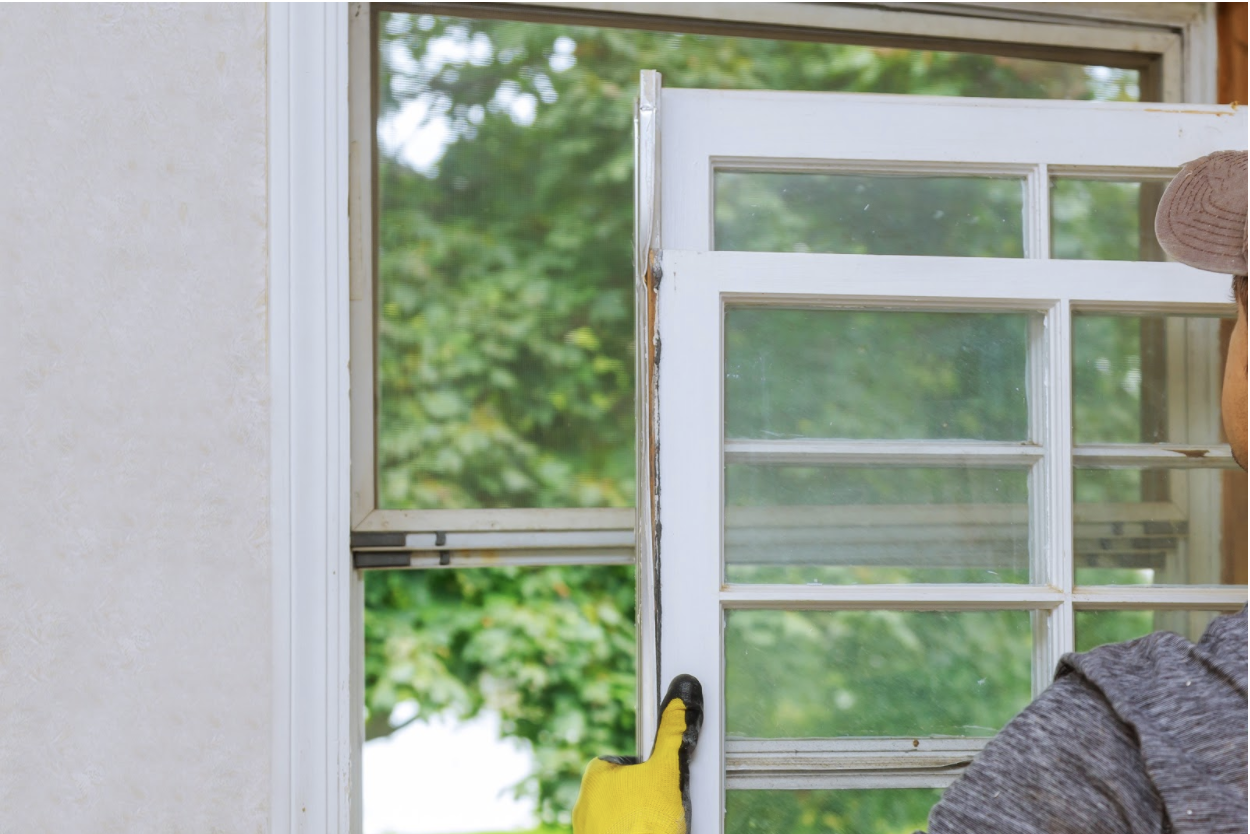As winter descends on the Northern Hemisphere, homeowners search for ways to keep their living spaces warmer, while managing reasonable energy efficiency and utility bills. Some may not realize how important windows are to keeping the heat in through a frigid Minnesota winter.

Window replacement can improve a winter home's heat and energy profile in many unexpected ways — but not all window options are the same. When deciding what exact kind of window replacement benefits a home the most, homeowners have several important aspects to think about.
Climate, window energy ratings, and other relevant factors
The primary consideration as to which kind of window replacement benefits your home most is location. Most of the United States — including all of Minnesota — is classified as having a "Northern" climate, which experiences colder winters than the Northern Central, Southern Central, and Southern regions.
While window construction is an important detail on its own, other factors, such as style, come into play. Whether you opt for double-hung windows, awning windows, casement windows or other replacement windows, the style and glass package you select will have an impact on the returned value you can expect. Other factors, such as window performance ratings, will also have a large impact on window efficiency. Ratings such as Solar Heat Gain Coefficient and U Factor, as elaborated on below, encapsulate a window's ability to allow or restrict the transfer of thermal heat and light. These ratings, alongside others like Air Leakage and VT, can ultimately affect inside temperatures and overall energy usage of a home as well. Many of these factors are certified by Energy Star, the EPA program that maintains standards for energy efficiency and greenhouse gas emissions corresponding to a home's energy cost savings. Energy-efficient windows are also commonly treated with gases — usually argon and krypton — to boost thermal efficiency. These non-toxic gas fills are pumped into windows because they're superior insulators than regular air.
Some of the most crucial window energy ratings and factors that come into play during winter include:
- U-factor. This number indicates a window's insulation quality. The range of a window's U-factor generally lies between 0.20 to 1.20; the lower this number is, the better the window insulates.
- SHGC factor. This stands for "Solar Heat Gain Coefficient." It's a measure of how much a given window allows the natural heat of the sun to get through. The higher the SHGC number, the more solar heat the window lets in.
- Air leakage rating. This number, put simply, shows how drafty a given window is. The air leakage (or infiltration) rating is a calculation of how many cubic feet of air passes through a particular window in one minute. The lower the rating, the tighter the window.
When evaluating different window options to see which will perform best for winter, a few specific performance ratings and aspects can be deemed most relevant. By evaluating these four areas, a homeowner can expect to thin the group of options, and select a window that most closely matches their energy goals.
U-factor
The colder climate of the Northern region calls for windows that are exceptionally good at insulation, keeping warm air contained indoors as much as possible. The calculation of a U-factor measures the insulation quality of the entire window: panel, frame, and spacers. Not just the glass.
Since a lower U-factor indicates better insulation qualities, the best windows for Northern winters need to have a U-factor of 0.30 or less — the very lowest reaches of the scale. Double-pane windows typically have U-factors of less than 0.30, especially high-performance models. Some triple-pane windows have U-factors as low as 0.15.

SHGC Factor
Transference of solar heat is the next most crucial factor in determining energy-efficient windows. The SHGC factor explains a window's reaction to the natural heat of the sun, and how it supports the internal temperature of a house with the added boost of solar energy. Colder climates, like the Northern region, are well-suited for windows that accommodate extra heat from exposure to the sun.
The National Fenestration Rating Council (NFRC) has a range of acceptable SHGC ratings for the Northern region, depending on each window's U-factor. Windows with U-factors equal to or less than 0.27 are effective enough that SHGC ratings aren't relevant at all.
For higher U-factors (less efficient insulators), SHGC ratings are important to consider for better energy efficiency. Windows with U-factors of 0.28 require a corresponding SHGC factor of 0.32 or greater; those with 0.30 U-factors — the maximum acceptable in Northern climates — need SHGC ratings of 0.42 or higher.
The warmest regions of the United States, correspondingly, benefit from windows with lower SHGC factors that conduct less solar heat.
Air leakage
Air infiltration ratings are also administered by the NFRC. They refer to how much air a window allows to pass in and out of the home, which affects the amount of energy needed to keep the home comfortable. Most air leakage occurs in holes, fissures, or gaps around the outside shell or sill of a window, and can account for 25-40% of a home's energy usage.
A solid air leakage rating for a window in cold climates is anything less than 0.30 — meaning less than 0.3 cubic feet of air passes through in 60 seconds. Today, most window installers use sealants, foams, tapes, and other materials that keep air leakage contained. Windows in homes that were built before 2000 may need to be repaired or replaced.
Gas fills
One modern energy-saving practice is infusing a window with gas to increase insulation properties. Argon gas is particularly effective in cold Northern climates, especially in double- and triple-paned windows. Gas fills aren't nearly as necessary in warmer regions to the south.

Local window repair and replacement
Builders & Remodelers has been in the window business for over 60 years in MN, providing outstanding, high quality products and pairing them with our professional, versatile and experienced installation teams. In our time serving the MN community, we have satisfied over 32,000 homeowners while simultaneously providing the most energy-efficient and maintenance free exterior modeling options in the Twin Cities area. Our easy financing program means no money down and no payment for up to 12 months, while our range of products means we have the options you’re looking for. Contact us today for a free consultation to get started.








